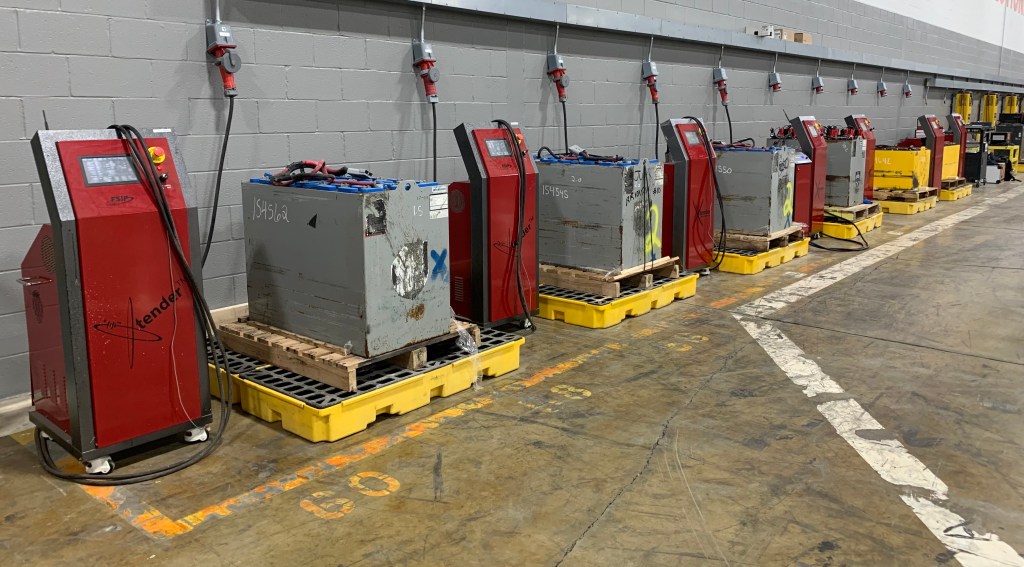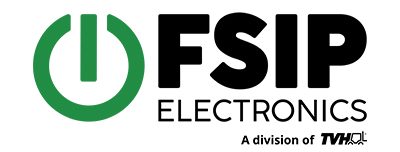In today’s technology-driven world, rechargeable batteries power a wide range of devices, from smartphones and laptops to electric vehicles and renewable energy systems. However, over time, batteries can lose their efficiency and capacity, leading to reduced performance and shorter lifespans. Fortunately, battery regeneration techniques offer a promising solution to restore and improve the performance of aging batteries, prolonging their usability, and reducing environmental waste. In this blog post, we will delve into the world of battery regeneration and explore its benefits and applications.

uNDERSTANDING BATTERY dEGRADATION
To appreciate the significance of battery regeneration, it’s essential to understand the causes and consequences of battery degradation. Over the course of usage, several factors contribute to the decline in battery performance:
Capacity Loss: Rechargeable batteries gradually lose their ability to hold a charge, resulting in diminished energy storage and shorter runtime.
Sulfation: Lead-acid batteries, in particular, are prone to the formation of lead sulfate crystals on their plates. These crystals reduce the battery’s capacity and hinder its ability to accept and deliver a charge effectively.
Imbalance: In multi-cell batteries, imbalances can occur among the individual cells, leading to uneven charge distribution, reduced overall capacity, and potential damage to the battery pack.
bATTERY REGENERATION TECHNIQUES
Battery regeneration encompasses a variety of techniques designed to reverse or mitigate the effects of degradation. Let’s explore some of the commonly used regeneration methods:
Desulfation: Desulfation involves breaking down the sulfate crystals that form on the battery plates. High-frequency, high-voltage pulses are used to dissolve or remove the crystals, thereby restoring the battery’s capacity and enhancing its performance.
Equalization: This technique aims to balance the charge levels of individual cells in a battery pack. By applying a controlled overcharge, equalization ensures that all cells reach a similar state of charge, minimizing imbalances and optimizing the battery’s overall performance.
Conditioning and Calibration: Conditioning refers to a discharge and recharge cycle that helps break up remaining sulfate deposits, restores charge acceptance, and improves overall battery efficiency. Calibration, on the other hand, involves resetting the battery’s state-of-charge indicator to provide accurate readings of its remaining capacity.
BENEFITS AND APPLICATIONS
Battery regeneration offers numerous benefits, making it a valuable approach for maximizing the lifespan and performance of rechargeable batteries:
Cost Savings: Regenerating batteries can significantly extend their lifespan, reducing the need for frequent replacements and saving money in the long run. This is particularly beneficial for applications that rely heavily on batteries, such as electric vehicles and renewable energy systems.
Environmental Impact: By revitalizing aging batteries, regeneration helps reduce the environmental impact associated with battery disposal and manufacturing. It promotes sustainability by minimizing waste and conserving valuable resources.
Enhanced Reliability: Regenerated batteries exhibit improved performance, including increased capacity, better charge acceptance, and reduced internal resistance. This translates to enhanced reliability and longer periods between recharges.
Versatility: Battery regeneration techniques can be applied to various types of rechargeable batteries, including lead-acid, Ni-Cd, Ni-MH, and Li-ion batteries. This versatility makes regeneration applicable to a wide range of industries and applications.
CONCLUSION
Battery regeneration represents a promising solution for combating battery degradation and extending their lifespan. By applying techniques such as desulfation, equalization, conditioning, and calibration, it is possible to reverse or mitigate the effects of aging and restore batteries to a more efficient state. With benefits ranging from cost savings and environmental impact reduction to enhanced reliability and versatility, battery regeneration offers a compelling case for individuals and industries alike.
As we move toward a future that relies increasingly on portable power sources, investing in battery regeneration technologies and practices can contribute to a more sustainable and efficient energy ecosystem. By making the most of our rechargeable batteries and minimizing waste, we can harness the full potential of these powerhouses and power our devices and systems for years to come.
If you are concerned about your battery’s health or interested in learning how to extend the life of your batteries, check out our Xtender which helps to desulfate, discharge, and recharge batteries across a variety of vehicles.

